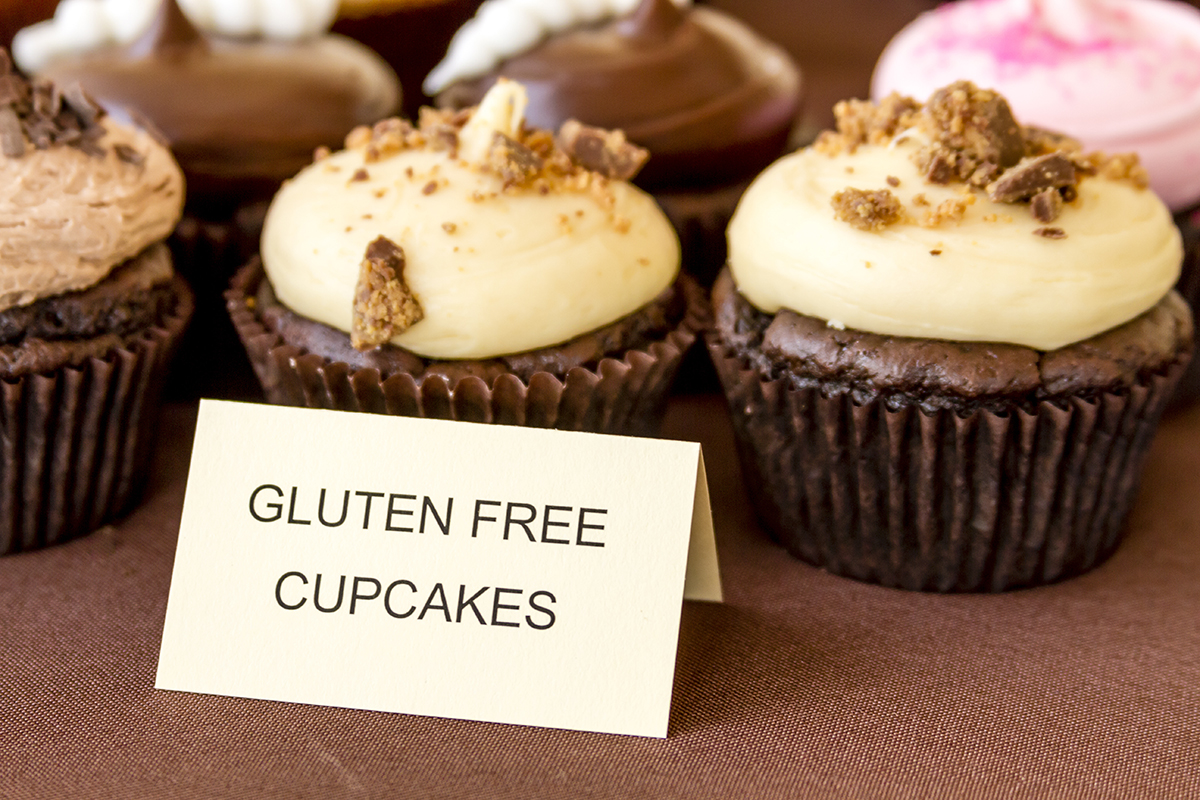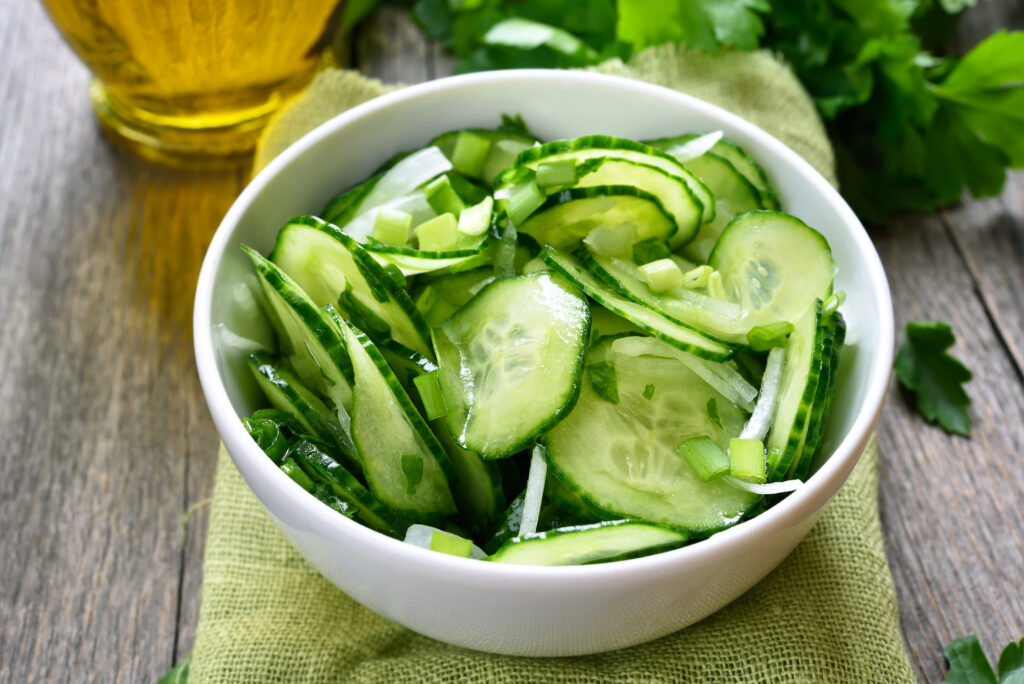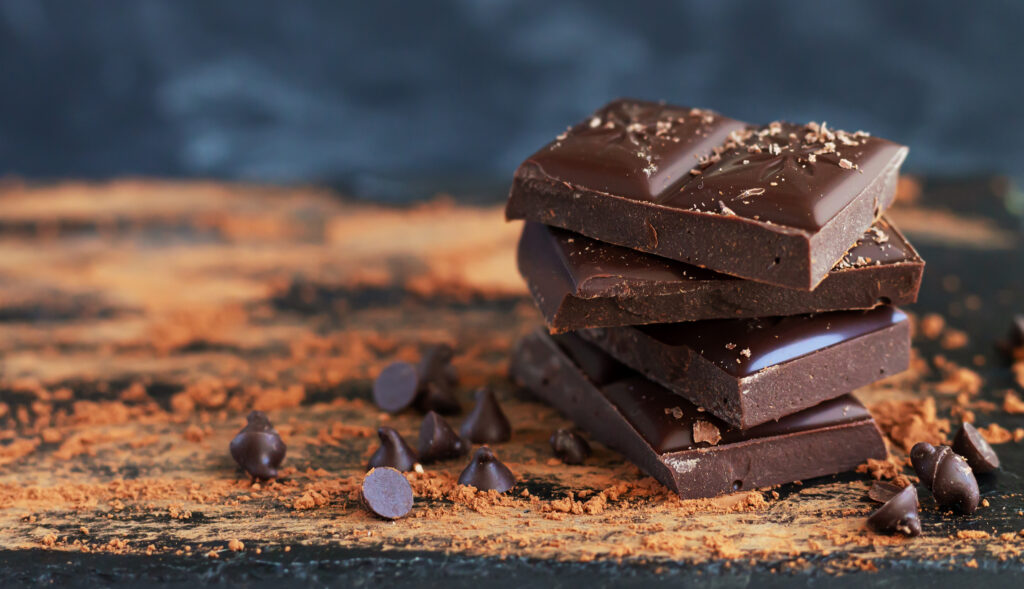A decade ago, the term “gluten” was unfamiliar to most Americans. But today this protein found naturally in wheat, rye and barley has achieved some notoriety in mainstream culture. It’s even been dubbed the “new diet villain” in the U.S. by some researchers.
Gluten has long been known for its villainous role in celiac disease — an autoimmune disorder in which the body attacks the lining of the small intestines when gluten is present, leading to troubles absorbing nutrients. It has more recently been blamed for a range of gastrointestinal symptoms in adults and children considered sensitive to gluten. Although there is no official data, some estimates indicate that as many as 17 million Americans — about one in 18 — may be gluten-sensitive. For many people, gluten is completely harmless.
The treatment for celiac disease and non-celiac gluten sensitivity is a completely gluten-free diet. Even small amounts of gluten can cause intestinal damage. But more and more Americans without celiac disease are eliminating gluten from their diets in an effort to minimize gas, belly aches and nausea. Some have even avoided gluten as a means to reduce headaches, fatigue, hyperactivity and autism symptoms. And while the research behind gluten intolerance is limited and there is no test to diagnose it, some people who follow a gluten-free diet report improvement in their symptoms.
So is there any harm in non-celiac patients going gluten-free? It’s important to talk to a doctor before making any dietary changes, but these tips may help you decide if a gluten-free diet is right for you.
Be mindful of balance. Any type of restrictive eating plan can hinder your ability to achieve a balanced diet. For example, many breads, cereals and pastas are fortified with B vitamins and iron, while some gluten-free varieties are not. Take care in choosing a variety of foods at mealtimes, including lots of naturally gluten-free fruits and vegetables.
Read labels. Gluten-free does not necessarily mean good for you, so it’s important to check labels to ensure foods are low in fat, sugar and sodium.
Shop wisely. Sticking to the perimeter of the grocery store may be the best way to avoid gluten. It’s here where you’ll find many naturally gluten-free — and nutrient-rich — foods, including fresh produce; fresh meat, poultry and seafood; and egg and dairy products (just beware of the bakery, which is a hotbed of gluten-containing products). The inner aisles of the grocery store can provide some gluten-free options, too. See the box “Gluten-free naturally” for some ideas.
If you’re thinking of eliminating gluten from your diet, talk to your doctor first. He or she may want to rule out other causes of your symptoms — including celiac disease — and discuss ways to ensure a balanced diet before giving you the green light to go gluten-free.
Gluten-free naturally
These common foods naturally contain no gluten.
- Corn
- Buckwheat
- Flax
- Potato starch and flour
- Quinoa
- Plain rice
- Soy (but not soy sauce)
- Fresh fruits and vegetables
- Fresh meat, poultry and seafood
- Eggs
- Unflavored milk
- Cream
- Most yogurts
- Butter
- Aged cheese, cream cheese and cottage cheese
- Honey
- Peanut butter
To find a doctor or schedule an appointment, visit Steward DoctorFinder™.




